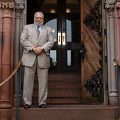Eating ice cream with the Father of Rock and Roll
A curious curatorial tale
While no individual can be said to have invented rock and roll, Chuck Berry comes the closest of any single figure to being the one who put all the essential pieces together. It was his particular genius to graft country & western guitar licks onto a rhythm & blues chassis in his very first single, “Maybellene.”
—Rock and Roll hall of Fame
When Charles Edward Anderson Berry was born into a middle-class black family in St. Louis on October 18, 1926, no one realized that he was destined to become one of America’s Founding Fathers. Berry, among the first musicians to be inducted into the Rock and Roll Hall of Fame on its opening in 1986, has become known as the “Father of Rock and Roll.” He was a significant influence on the development of both the iconic music and also the very American attitude associated with rock. With songs such as “Maybellene” (1955), “Roll Over Beethoven” (1956), “Rock and Roll Music” (1957) and “Johnny B. Goode” (1958), Berry refined and developed rhythm and blues combined with country and western guitar licks into the major elements that made rock and roll distinctive, with lyrics successfully aimed to appeal to the early teenage market by using graphic and humorous descriptions of teen dances, fast cars, high school life, and consumer culture, and utilizing guitar solos and showmanship that would be a major influence on subsequent musicians.Berry maintained his flash, sass and defiance over the course of a long career that included great success (listed among Rolling Stone’s 100 greatest Artists of All Time); brushes with the law; and an indefatigable love of performance (he released his last album at age 90.) Berry died in 2017.
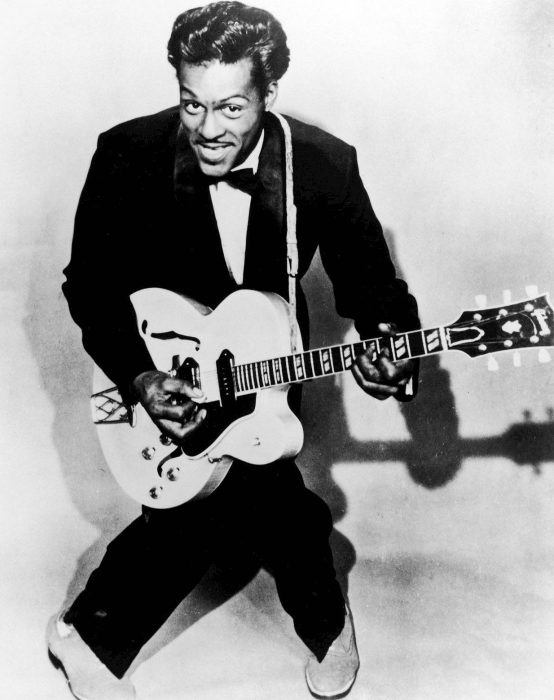
Chuck Berry in 1957
Lonnie Bunch, Secretary of the Smithsonian and founding director of the National Museum of African American History and Culture, came to know that attitude well. Bunch told one of his favorite stories about Berry while on tour promoting his latest book, “A Fool’s Errand, Creating the National Museum of African American History and Culture in the Age of Bush, Obama and Trump.”
Before NMAAHC opened in 2016, Bunch and his colleagues traveled the country acquiring objects with cultural and historical significance for the museum.
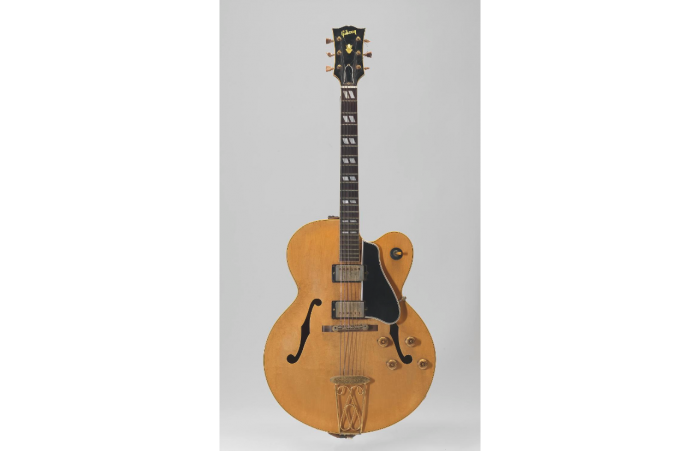
The Gibson ES-350T semi-acoustic guitar named Maybellene. Collection of the Smithsonian National Museum of African American History and Culture, Donation of Charles E. Berry
Collecting objects for the museum has been a journey for Bunch and his colleagues, but persuading the legendary musician to donate to the museum’s Musical Crossroads gallery meant encountering a few bumps along the way. The museum wanted the guitar Berry named Maybellene, after one of his early, great songs as well as a famous 1973 Candy Apple Red Cadillac convertible.”
Berry was known for owning a fleet of Cadillacs and often referenced the car in his songs. This particular Cadillac was driven on stage at the Fox Theater in St. Louis in the documentary, Hail! Hail! Rock and Roll! It was the same theater that turned Berry away as a child because he was black.
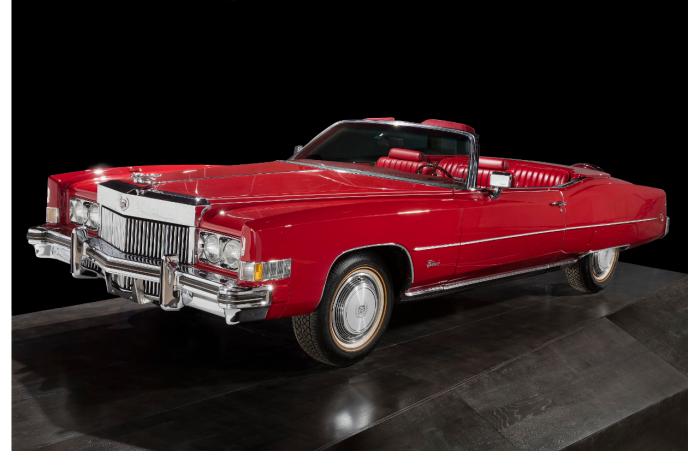
This 1973 red Cadillac Eldorado was part of Berry’s personal fleet of Cadillacs and was driven during the filming of Hail! Hail! Rock ’n’ Roll, a 1987 documentary that chronicles two 1986 concerts. Collection of the Smithsonian National Museum of African American History and Culture, Donation of Charles E. Berry
After extensive conversations with Berry, Bunch asked Kevin Strait, a historian and curator who had just begun working for NMAAHC, to meet with Berry at his home in St. Louis so Berry could sign the deed of gift for the items.
But the next day, Strait called Bunch in a panic–something had gone wrong, Chuck Berry was angry and and no longer trusted Bunch. He wanted to call the whole thing off.
When Bunch called Berry to find out what was going on, he learned the source of Berry’s reluctance. He had discovered that Bunch was a federal employee. After a long an colorful career, that included more than one brush with the law, Chuck Berry wanted nothing whatsoever to do with the federal government.
Bunch pleaded with Berry to reconsider. “What do I have to do to get you to trust me again?” Finally, Berry relented. If Kevin Strait agreed to have lunch with him, he might change his mind about the gift.
Kevin received his instructions: Whatever he serves, you eat it and enjoy it!
Chuck Berry served ice cream sandwiches for lunch. Twenty-five ice cream sandwiches. As Kevin downed the 13th one, Berry finally signed the deed of gift.
And that is how you persevere even when a donor tries to freeze you out.
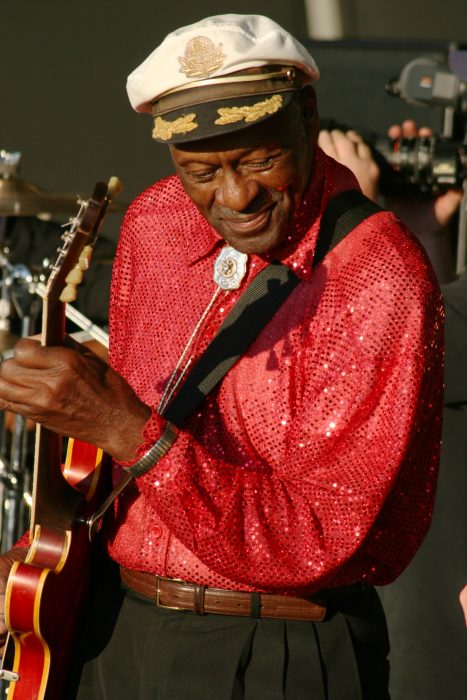
Chuck Berry in 2008 (Photo by Joe Cerreghino)
Posted: 18 October 2019

